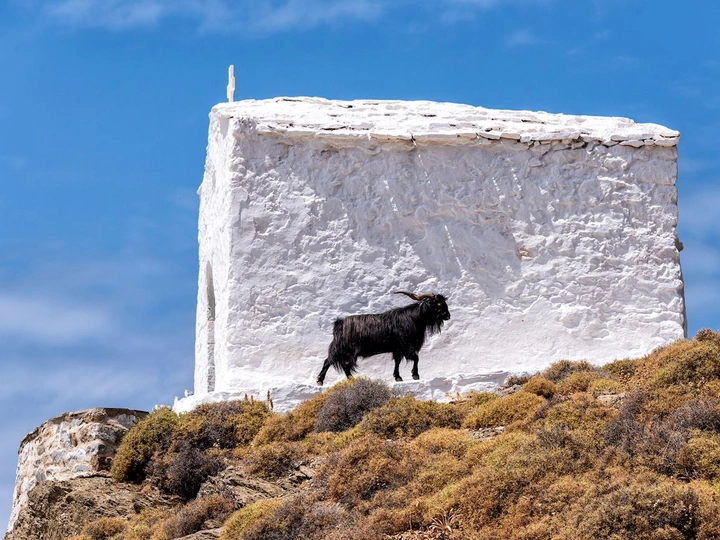TerraCulture

I am a Greek-American artist, born and raised in Athens, Greece. I am a recent graduate of the Design Academy Eindhoven, working predominantly in sculpture, installation and video art. My work evolves around living organisms, their relation to themselves, their surroundings and the world they are interested in creating. My focus is on food and the geopolitical forces that form our food systems and eating habits today, using food as a social commentary, but also as the material closest to the human body. Food forms and narrates both our civilisation and the human experience. The dinner table is an inherently political space. Our kitchens and the products we use in them reflect our communal way of living, our relationship with nature and the urban environment, what can be dealt with individually versus communally. My practice aims to create interactions between the viewers and their imagination. Interventions into normality, spaces for reflection and uncommon ideas to become possibilities. I am currently investigating domestic food waste in a yearlong residency between Matadero Madrid, the Meetfactory in Prague and Mglc in Ljubljana; as well as female identity through breadmaking in Cairo, Egypt funded by EUNIC Egypt and ARD Art Institution.
Territories are extensions of the people living in them, of the self, as people are extensions of their territories. We carry our territory with us, becoming part of the living matter forming its landscape, as the natural elements of our land form our way of life. From the climate to the fauna, all living matter contributes to the way we come together. The quality of our water, the health of our soil, the flavor of our food become the basis of the rituals we create. Our culture is the result of our interaction with the natural world. We inherit our culture as we inherit our land.
The Greek island of Icaria is an evident example of the coexistence of a multispecies community flourishing within its locality. Isolated from the world for most of its history, the Icarian terrain and its inhabitants’ lives have become an intertwined entity. The local diet consists of vegetables, goat products and local wine. Eating goat is a way of regulating the goat population of the island. Left unregulated, goats will consume most of the flora, and the mountains will collapse during the heavy winter rains. The meat is saved for special occasions, like a panigiri, the centuries old traditional festivals where the community comes together to celebrate. During the panigiri, goat bone broth is drunk and the meat is eaten, while people dance to the sound of a tsambouna, the local bagpipe made of the animal’s skin. These festivals are structured around the goat. The goat is not sacred; this is yet another example of how the territory forms tradition.
Terraculture is a research project reimagining traditional techniques and uses of goat skin in Icaria. How can the same material that formed the communal life of the island be reinvented to maintain and protect its traditions? By creating a series of objects meant to accompany the act of gathering, the project aims to tell the story of coexistence between the terrain and its inhabitant organisms.